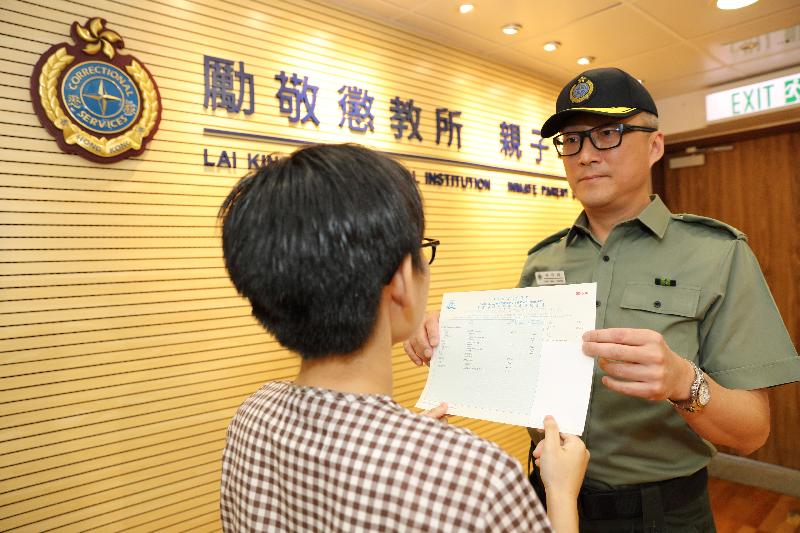LCQ14: District minor works
Following is a question by the Hon Lau Kwok-fan and a written reply by the Secretary for Home Affairs, Mr Lau Kong-wah, in the Legislative Council today (July 11):
Question:
Regarding the minor works projects implemented by District Councils (DCs) under the District Minor Works (DMW) Programme, will the Government inform this Council:
(1) of the number of works projects proposed by each DC in each of the past two years and the first half of this year, with a breakdown by project progress (including (i) the relevant feasibility study/design work being under way, (ii) project found to be infeasible after study, (iii) project already endorsed by DC for implementation, and (iv) project completed);
(2) of (i) the average construction cost and (ii) the average construction period of the works projects completed in each of the past two years and the first half of this year; among such projects, the number of those the span of which from inception to completion straddled two DC terms (broken down by DC district);
(3) of the account balance of the DMW Programme in each of the past five years; and
(4) as it has been more than six years since the Finance Committee of this Council approved an increase in the financial ceiling of the delegated authority for Category D works projects (including DMW projects) to $30 million in July 2012, and as the construction costs of works projects have been rising incessantly during the period, whether the Government will propose to the Finance Committee the raising of such financial ceiling according to the cumulative inflation over the years; if so, of the details; if not, the reasons for that?
Reply:
President,
Regarding Hon Lau Kwok-fan’s question, upon consultation with the Financial Services and the Treasury Bureau, our reply to the question is as follows:
(1) The number of District Minor Works (DMW) projects endorsed by District Councils (DCs) over the past two years and for the period from January to March 2018 and their respective progress, break down by DC, are set out in Annex.
(2) (i) The average construction cost of the works projects completed in each of the past two years and for the period from January to March 2018 are as follows:
| 2016 | 2017 | 2018 (as at end March) |
| $0.7 million | $0.9 million | $1.6 million |
(ii) The average construction period of the works projects completed in each of the past two years and for the period from January to March 2018 are as follows:
| 2016 |
2017 |
2018 (as at end March) |
| 6 months | 7 months | 5 months |
Among such projects, the number of those spanning over two DC terms from inception to completion are as follows:
| District | Number of Projects |
| Central & Western | 21 |
| Eastern | 32 |
| Southern | 42 |
| Wan Chai | 9 |
| Kowloon City | 30 |
| Kwun Tong | 41 |
| Yau Tsim Mong | 22 |
| Sham Shui Po | 31 |
| Wong Tai Sin | 21 |
| Islands | 40 |
| Sai Kung | 24 |
| Tai Po | 23 |
| Tsuen Wan | 44 |
| Yuen Long | 33 |
| Sha Tin | 41 |
| Tuen Mun | 16 |
| North | 22 |
| Kwai Tsing | 41 |
| Headquarters | 3 |
| Total | 536 |
(3) The annual provision under the DMW Programme for the past five years was $340 million. The account balance of the Programme in each of the past five years are set out as follows:
| 2013-14 | 2014-15 | 2015-16 | 2016-17 | 2017-18 |
| $12 million | $2 million | $1 million | $1 million | $1 million |
(4) According to the Financial Services and the Treasury Bureau, the Government would regularly review the financial ceiling of delegated authority for items under the block allocation subheads of the Capital Works Reserve Fund (CWRF). The Finance Committee approved the increase of financial ceiling from $21 million to $30 million in 2012. According to the assessment with reference to tender price indices since 2012, the average price of construction works under the block allocation subheads of the CWRF (including projects under the DMW Programme) has only increased slightly. Thus, the Government would not consider adjusting the financial ceiling concerned at the moment. read more



